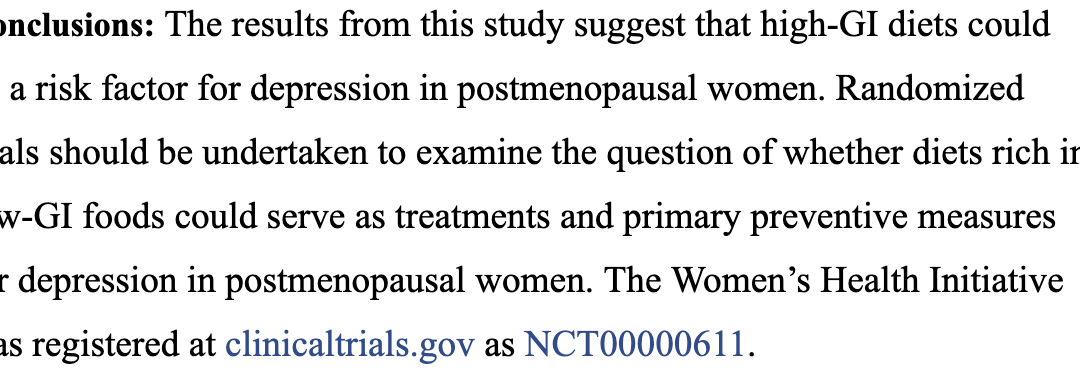
Insomnia & Carbohydrates
High glycemic index diet as a risk factor for depression: analyses from the Women’s Health Initiative
Am J Clin Nutr. 2015 Aug; 102(2): 454–463.
Published online 2015 Jun 24. doi: 10.3945/ajcn.114.103846
PMCID: PMC4515860
PMID: 26109579
James E Gangwisch,2,* Lauren Hale,3,4 Lorena Garcia,5 Dolores Malaspina,6 Mark G Opler,6 Martha E Payne,7 Rebecca C Rossom,8 and Dorothy Lane4
https://www.ncbi.nlm.nih.gov/pmc/articles/PMC4515860/
A plausible mechanism by which a high-GI diet may increase the risk of insomnia is through acute spikes and troughs in blood glucose. GI and glycemic load have been shown to provide physiologically valid estimates of postprandial glycemia and insulin demand in healthy individuals (28). Postprandial hyperglycemia from high dietary glycemic load and resultant compensatory hyperinsulinemia can lower plasma glucose to concentrations that compromise brain glucose, ∼70 mg/dL (3.8 mmol/L) (29), triggering secretion of autonomic counterregulatory hormones such as adrenaline, cortisol, glucagon, and growth hormone (30). Symptoms of counter-regulatory hormone responses can include heart palpitations, tremor, cold sweats, paresthesia, anxiety, irritability, and hunger (31). Hypoglycemia has been shown to produce arousal from sleep and substantially reduce sleep efficiency in nondiabetic adults (32, 33). High blood sugar from carbohydrate consumption can initially make one drowsy, helping one to fall asleep (4), but the compensatory hyperinsulinemia and counter-regulatory hormone responses can awaken one from sleep (32, 33). Higher-GI diets have also been shown to stimulate inflammatory immune responses (34), which could function to increase the risk of insomnia through antiinflammatory cytokines that inhibit sleep (35). Added sugars could also negatively affect sleep quality by compromising the intestinal microbiome. Higher consumption of added sugars can contribute to intestinal dysbiosis, a maladaptive microbiota imbalance that can profoundly affect multiple aspects of sleep (36).
Possible limitations of our study include the measurement of dietary exposures from FFQs instead of dietary biomarkers or food records and the assessment of our outcome of insomnia from self-reported symptoms as opposed to objective clinical diagnosis. The exact nutrient amounts for each food were not analytically measured, so some of the nutrient values were estimated or imputed rather than being exact analytic values from a laboratory assay. For example, 26–50% of the values for the variable “dietary added sugars” are estimated or imputed. Estimates were generally based on a similar food, another form of the same food, a known nutrient value associated with the missing value, or recipes or formulations from manufacturers. Although we would expect any misclassification of exposure or outcome to be random, resulting in nondifferential misclassification which typically leads to bias toward the null hypothesis (37), we cannot rule out the possibility that bias, particularly food recall bias, could be systematic and related to variables such as BMI, age, or ethnicity. Sleep deprivation from insomnia could also induce carbohydrate cravings, so reverse causation could have contributed to our results in the cross-sectional analyses (38). There is also a potential for residual confounding from unmeasured confounders and the possibility of false positives with multiple statistical tests. Because the variables included in Model 3 are theorized to be mediators of the relation between the dietary variables and insomnia, any resultant attenuation from their inclusion does not necessarily imply confounding, but could be consistent with some of these variables lying along the causal pathway. The participants’ eating habits may not be representative of those common now, almost 20 y later. Finally, our study sample was confined to postmenopausal women, limiting the generalizability of our findings to other populations. The results from this study suggest that a high-GI diet could be a risk factor for insomnia in postmenopausal women, whereas dietary fiber, nonjuice fruit, and vegetables reduce its risk. If high-GI diets increase the risk of insomnia, then dietary interventions that promote the consumption of whole unprocessed carbohydrates that are high in fiber and have low GIs could serve as potential treatments of, and primary preventive measures for, insomnia in postmenopausal women. Randomized controlled trials examining dietary patterns in relation to insomnia are needed to clarify these findings. We acknowledge the following WHI investigators: Program Office (National Heart, Lung, and Blood Institute, Bethesda, MD): Jacques Rossouw, Shari Ludlam, Dale Burwen, Joan McGowan, Leslie Ford, and Nancy Geller; Clinical Coordinating Center (Fred Hutchinson Cancer Research Center, Seattle, WA): Garnet Anderson, Ross Prentice, Andrea LaCroix, and Charles Kooperberg; Investigators and Academic Centers: JoAnn E Manson (Brigham and Women’s Hospital, Harvard Medical School, Boston, MA); Barbara V Howard (MedStar Health Research Institute/Howard University, Washington, DC); Marcia L Stefanick (Stanford Prevention Research Center, Stanford, CA); Rebecca Jackson (The Ohio State University, Columbus, OH); Cynthia A Thomson (University of Arizona, Tucson/Phoenix, AZ); Jean Wactawski Wende (University at Buffalo, Buffalo, NY); Marian Limacher (University of Florida, Gainesville/Jacksonville, FL); Robert Wallace (University of Iowa, Iowa City/Davenport, IA); Lewis Kuller (University of Pittsburgh, Pittsburgh, PA); and Sally Shumaker (Wake Forest University School of Medicine, Winston-Salem, NC). The authors’ responsibilities were as follows—JEG and LH: designed the research; JEG: analyzed the data and had primary responsibility for the final content; and all authors: wrote the paper and read and approved the final manuscript. All authors report no conflicts of interest. References 1. Leger D, Bayon V. Societal costs of insomnia
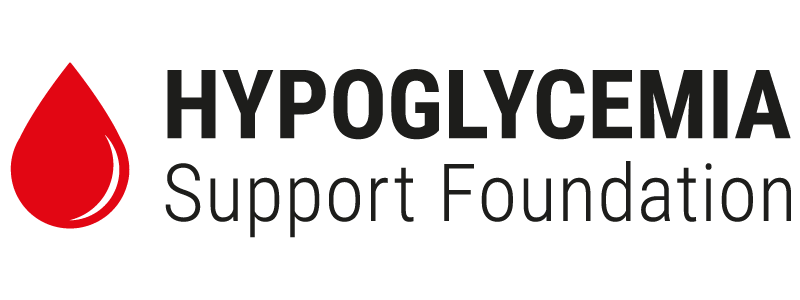


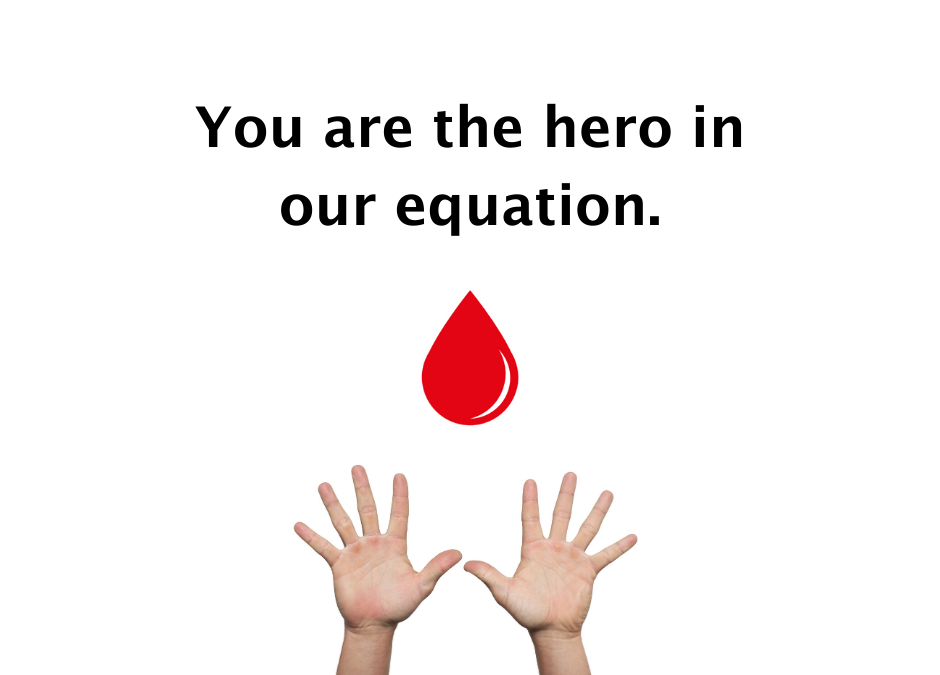

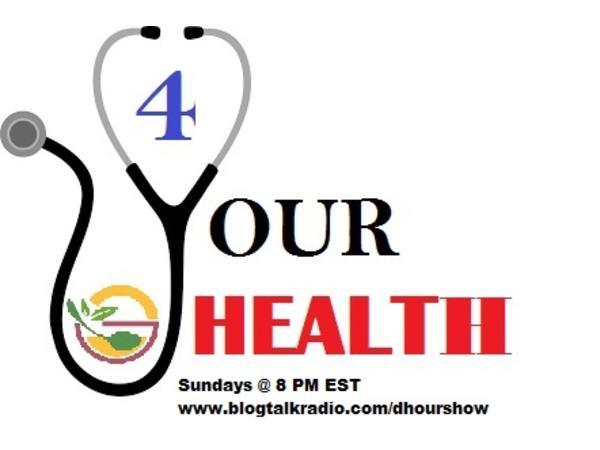
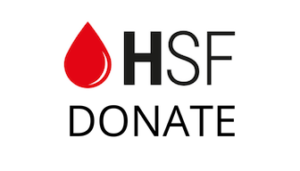
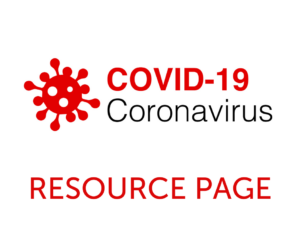
Recent Comments